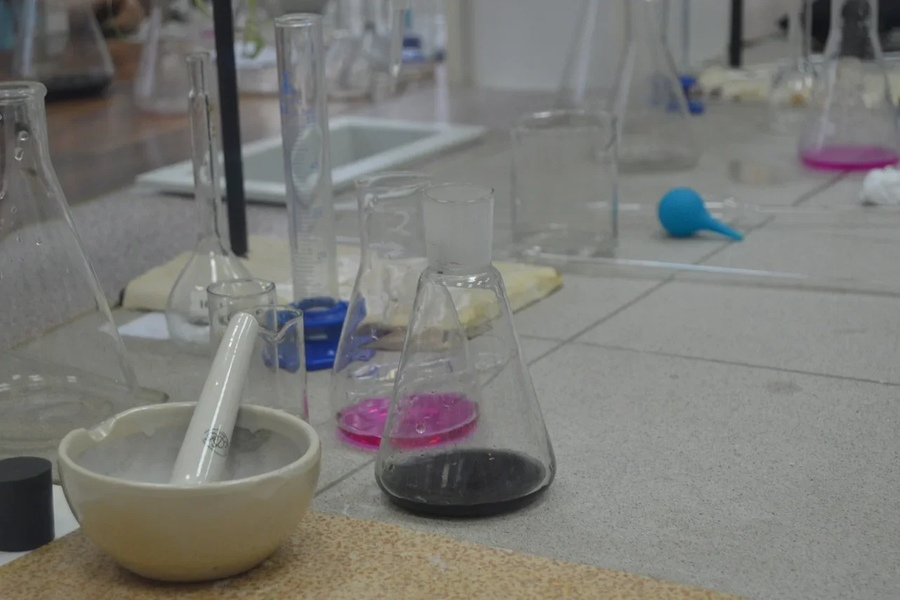Method to eliminate interference when detecting metal ions in water
发布时间:2021/4/2 13:52:23 来源:贯奥仪器仪表 作者:便携式多参数水质分析仪器 阅读次数:
Heavy metal detection has always been a difficult problem in water quality determination, because there are often multiple metal ions in actual water samples, and interference will occur when one or more metal ions are to be detected. For example, when EDTA is used, many metal ions can react with it to form stable complexes. Therefore, how to perform selective titration among these mixed metal ions is very important. Today we will introduce some methods to eliminate interference when detecting metal ions in water.

1. Adjust the pH value of water quality to eliminate interference
In the actual water quality analysis, you can adjust the pH value of the water sample to eliminate the interference of non-detection ions. For example, you can control the pH value of the water sample according to the acid effect curve, and control the pH value of the water sample to be allowed by the measured metal ion. The minimum pH value prevents other metal ions from reaching the standard for forming complexes and eliminates interference.
However, if the interfering ion is more stable than the detected ion EDTA chelate or the degree of stability is similar, this method cannot be used to eliminate the interference. And to use some other methods.
2. Coordination masking to eliminate interference
Masking technology refers to the addition of a certain reagent to react with interfering ions to reduce the concentration of interfering ions. For example, the chelate formed by the reaction of ferric ion and aluminum ion with EDTA is higher than that formed by magnesium ion and calcium ion. The chelate is stable. If these four ions are present in the tested water sample, we need to find a way to deal with it. The common method is to remove the trivalent iron and aluminum ions with triethanolamine, and then perform the detection.
However, the water quality inspector should consider the dosage, the acidity range, the color and stability of the formed complex, and whether the added agent will affect the detected ions and other factors when choosing the corresponding agent.
3. Elimination of interference by precipitation masking method
The precipitation masking method uses the agent and the interfering ions to form a precipitate, thereby reducing the concentration of the interfering ions. For example, the measured water sample contains magnesium ions and calcium ions. It is very difficult to detect the specific content of calcium ions in the water because the EDTA chelation stability constants of magnesium ions and calcium ions are very small. At this time, everyone can add sodium hydroxide, the pH value is greater than 12, so that magnesium ions react to form magnesium hydroxide precipitation.
However, the use of precipitation masking method to eliminate interference requires that the precipitate formed by the reaction is low in water solubility, the reaction is safe, and it is a colorless and compact crystalline precipitate. Otherwise, the final test data will be affected.
4. Redox eliminates interference
Redox refers to the use of redox reactions to change the medium state of interfering ions, thereby eliminating the interference. For example, trivalent iron ions can cause interference when detecting zirconium dioxide in water samples, and we can use ascorbic acid or hydrocarbyl amine hydrochloride to reduce the trivalent iron ions to ferrous ions, and then eliminate the interference by controlling the acidity.
The above is the method to eliminate interference when detecting metal ions in water
